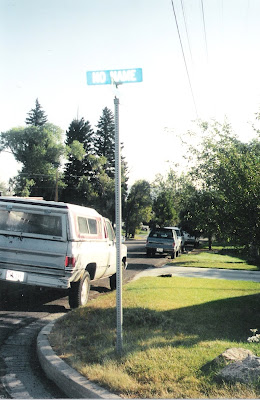News Flash: I follow Chris Brogan on Twitter. A few months ago I attended Blog World Expo in Las Vegas. I wrote about it. I promised that I would try to apply what I learned. One of the first things I did was to begin following Chris Brogan. Don’t get excited. I am one of 124,385 followers. (To put this in perspective I have 41 followers.) You are probably shaking your head and asking “is Judy nuts?” But to that, I say: “Does me being one of 3,400,000 TIME Magazine weekly subscribers or one of 6,685,684 National Geographic monthly subscribers shock you or make you question why I would even think of “following” these honored publications?” I hope not. I subscribe to these publications, local newspapers, SEO/SMO on-line newsletters for the same reason that I follow Chris Brogan – each opens avenues to useful and timely information that can impact my business, Webconsuls’ clients, and my personal life.
This past week Chris mentored: Don’t Forget the Little Side Streets. Exploring side streets with Chris Brogan is quite a ride. I hope you will take the time to read his post, he offers really good insights and, unlike a few, Chris is optimistic and looks for ways to extend the expiration date for some of these “streets”. For example, when was the last time you:
- examined your “YELP” reviews
- verified your Google Local Business Center Map
- updated your Bing Local Listing Center
- checked out Yahoo Answers
- refreshed your Facebook Fan page
- responded to a Trip Advisor review (negatively or positively)
- tweeted something of positive value, as opposed to a rant
Navigating and maintaining these “streets” takes time. But the beauty of the Internet in general and social media in particular is the fluidity and vitality that you can manage to. Every time you think you don’t have time I want you to find a business person who can recall the angst of designing and ordering a brochure. Trust me. Before the ink was dry the area code had been split in two, your AAA rating had changed for the better or the beautiful maple tree that graced your front lawn had fallen. Yes, maintaining your “streets” and exploring side streets takes time, but you can do it on your time and make your journey as interesting as you want. There really is nothing like a road trip.
Here is my favorite photo of a real “side” street.
 |
| No Name Street 2000 |
This post is dedicated to Chris Brogan, thanking him for inspiration.


